One of the most famous landmarks in both Canada and America is without a doubt Niagara Falls. For nearly 200 years, ever since the 1800s, thousands of tourists have come behold this natural marvel.
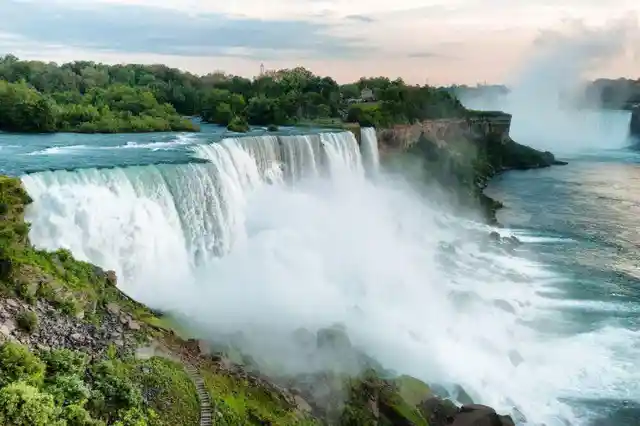
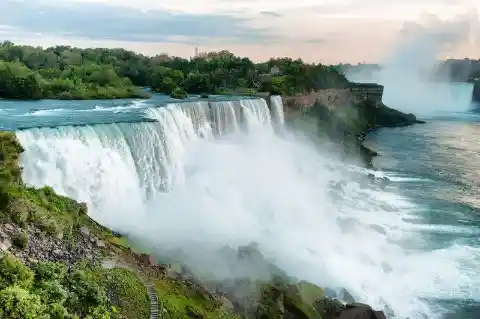
Daredevils have also been drawn to this treacherous site and many a photographer has photographed this beautiful site. However, during 1969 Niagara Falls revealed a rather dark secret that it had been hiding for so long.
Dry Run
During that time the waters of the Niagara Falls, which are normally torrential and dangerous, had been reduced to little more than a trickle.
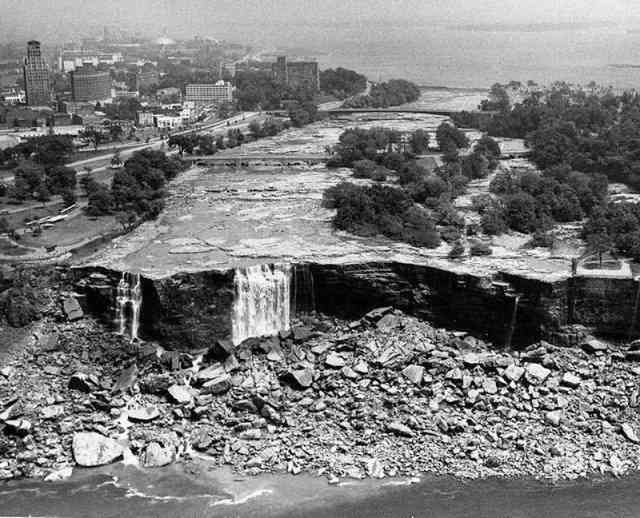
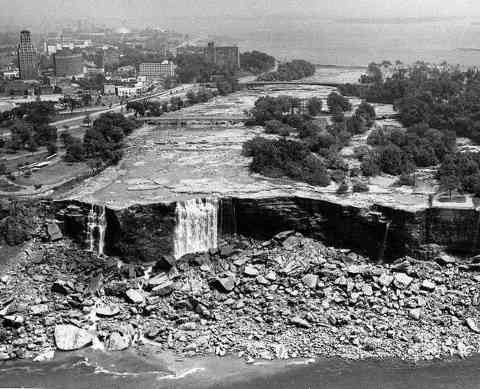
This unusual state led to the famous falls divulging a secret that scared tourists and adventurers alike. The grisly discovery stunned and horrified everyone.
This Isn't Right
In 1964, residents on the New York side of the falls started to notice that the fall's waters were dwindling. The normally torrential waters became less and less so over time.
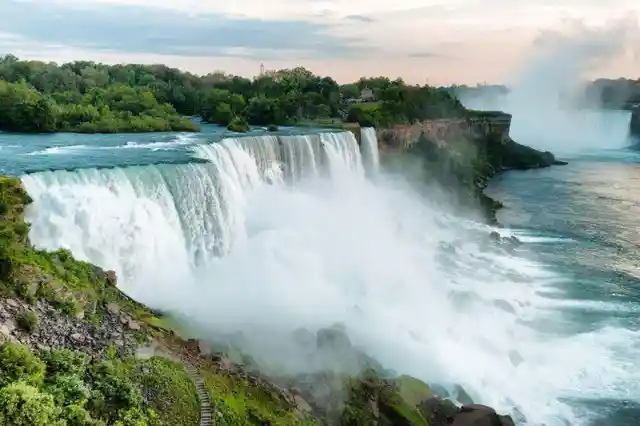
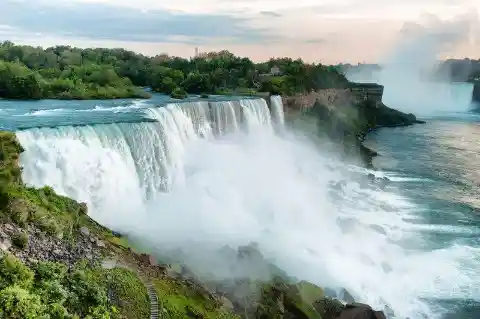
No one knew what was going on but this situation puzzled and concerned everyone. They might not know the cause, but everyone knew that it was not a good sign.
The American Falls
Three different waterfalls combined to create Niagara Falls. One of these falls is known as the American Falls. However, this waterfall is known for the fact that it is self-destructive.


The water that flows over falls have been steadily eroding it. As the rocks that get eroded fall to the bottom of the falls, they collect and pile up over time into what is known as a talus. The American Falls' talus was almost half as high as the cliff itself.
Real Concern
To create a talus that tall required a huge amount of rock. Not only was the fact that the falls were eroding cause for concern, but this talus was starting to interfere with the normal flow of the water.
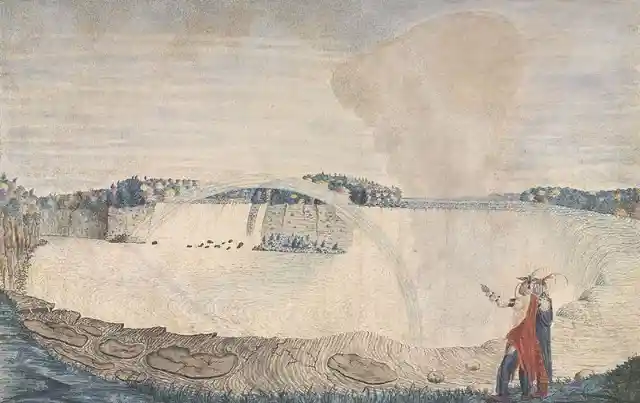
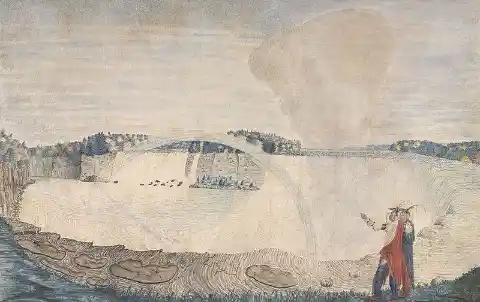
The residents of New York were becoming very concerned. One of their primary concerns was that this would ruin the normally spectacular view on the American side of the falls.
Growing Fears
The people were concerned that there would be a severe loss of revenue on the American side of the falls if the water stopped. If that happened, the view would not be as beautiful. As a result, fewer tourists would visit the area.
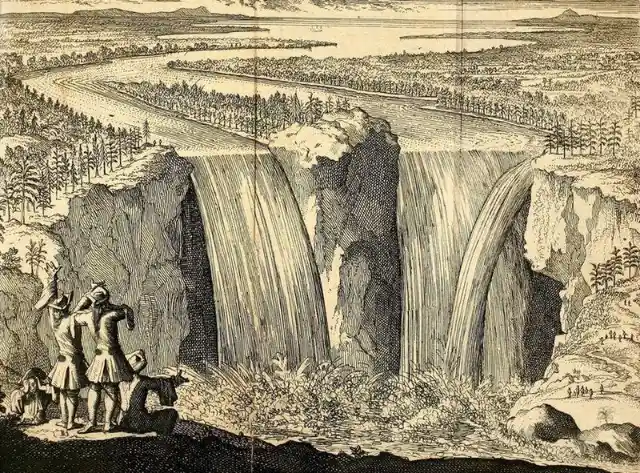
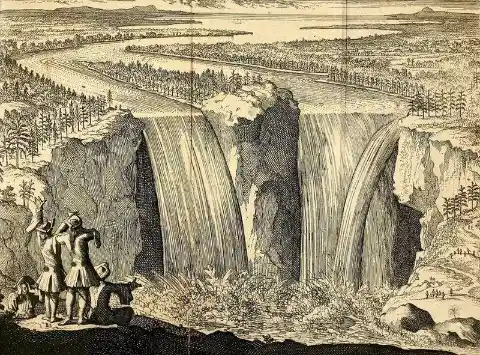
These fears were not unfounded and the residents of Niagara Falls, New York knew it. Something had to be done. Then a project to maintain the falls was launched.
Joining Forces
Both the Canadian and the American authorities decided to work together to solve the issue. To this end they contacted the International Joint Commission and the U.S. Army Corps of Engineers.
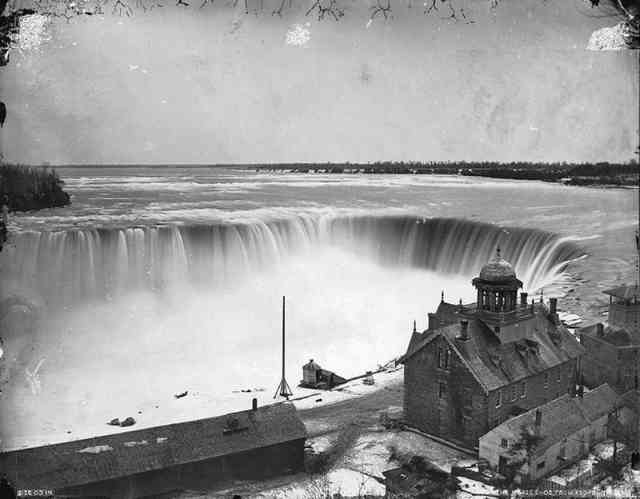
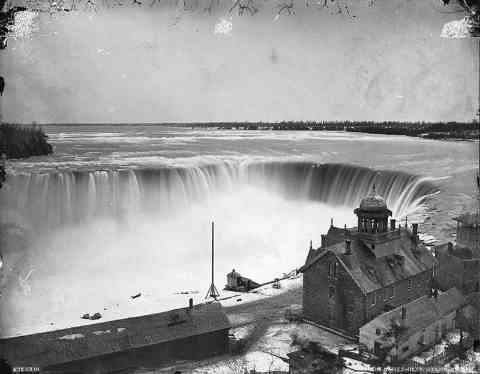
Together a plan was devised to save the falls. However, the plan would require a lot of resources and it would not be an easy task at all. The project was reviewed, discussed, and ultimately approved.
Launching The Project
The project was officially launched in June of 1969. The first task would be to stop the flow of the water completely. Unless the water was stopped, the real work could not begin. As long as the water was going, no one could examine the talus.
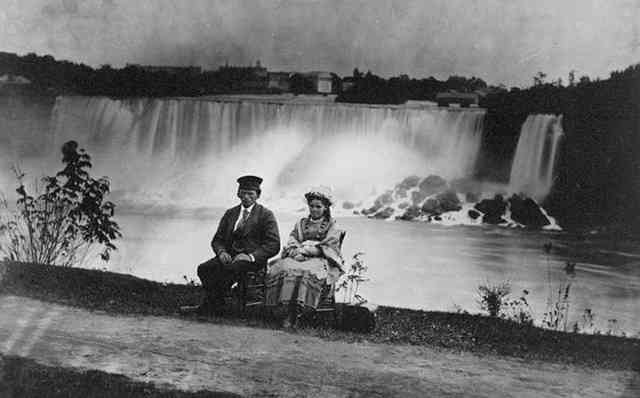
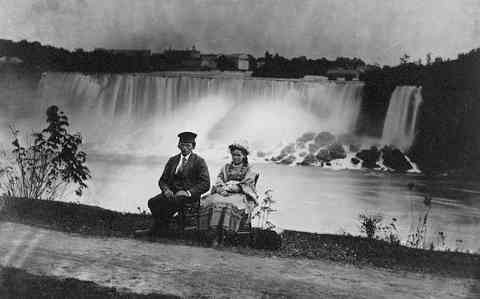
The plan to restore the falls would require 280,000 cubic yards of rock to be removed from the talus. If the rock was removed, the water would return to its normal flow.
Creating A Cofferdam
The engineers involved brought approximately 27,000 tons of stone and earth to the site. As strange as it seems to bring more rock to a site they wanted to remove rock from, this was crucial to the project.
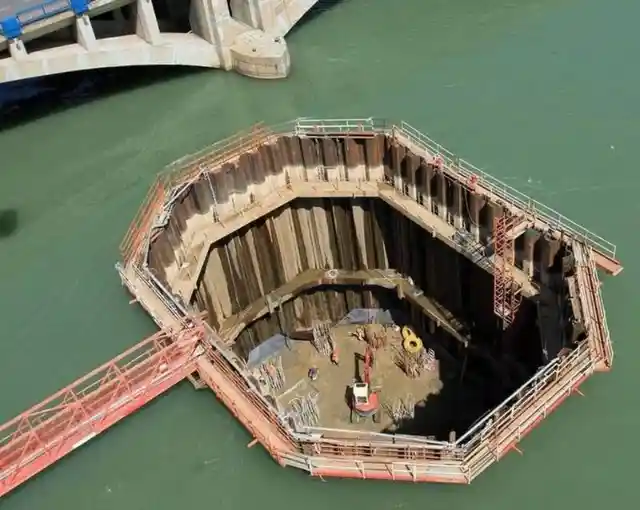
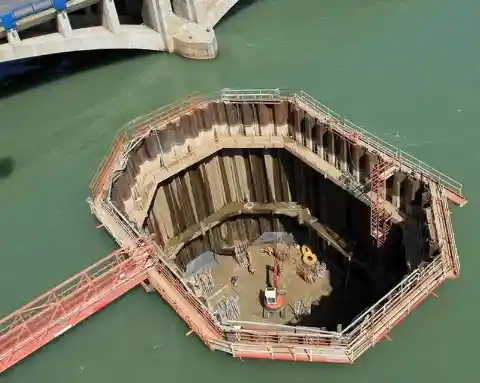
The rock and earth were brought to the site to create a cofferdam. A cofferdam needed to be built in order for the water to be pumped out so that they could have a clear, dry area to work on the talus.
Reaching The Bottom
The construction took some time but once the cofferdam was in place, the water from the American Falls was temporarily redirected to adjoining Horseshoe Falls.
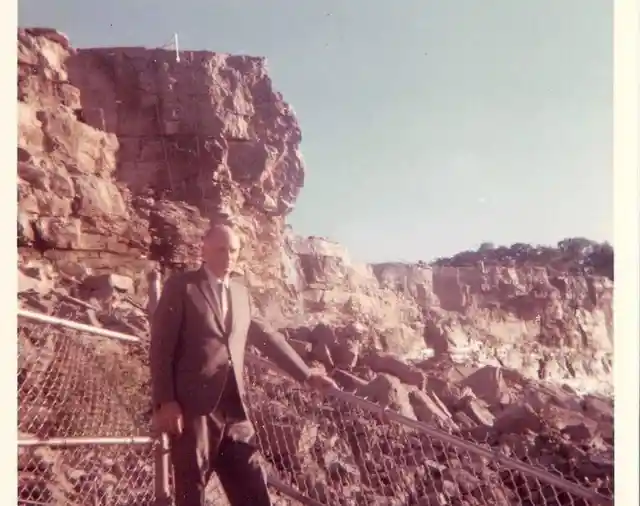
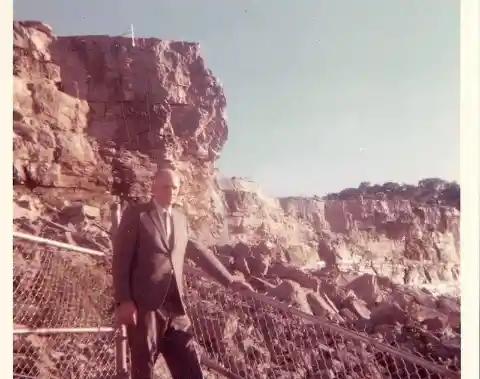
The Horseshoe Falls border the Niagara Falls on either side. When the American Falls was finally stopped, the riverbed below was revealed and the engineers got their first look at the bottom of the American Falls.
Not What They Expected
The engineers were expecting to see various geological features that hadn't been seen above water for nearly 12,000 years. Understandably, everyone was excited to see such a rare sight.
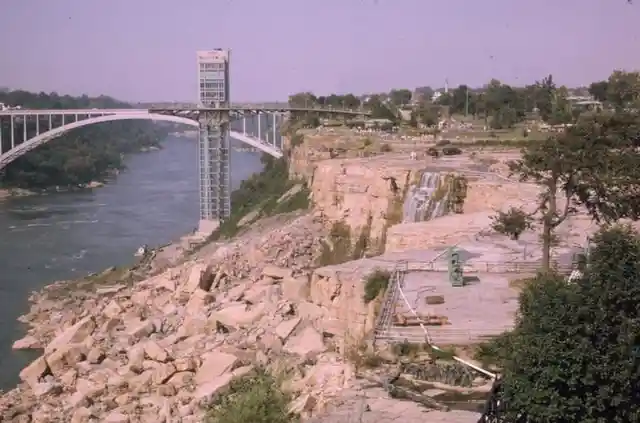

While they did find what they expected, they also found more. Everyone was shocked by the shocking discoveries that were revealed as well.
Uncovering Secrets
What lay at the bottom of the falls was not merely the talus rock and unseen geography that everyone had been expecting. There were some rather grisly sights to behold as well.
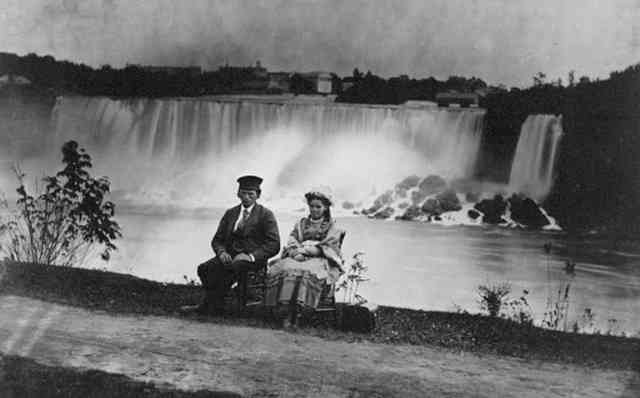
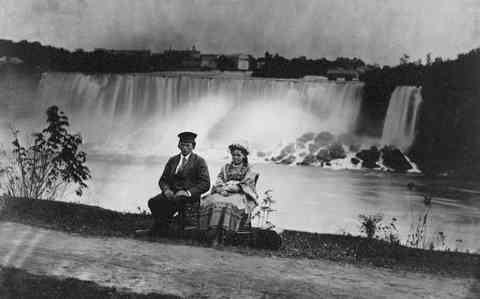
Revealed by the disappearing water was a shocking number of bones and remains. To make matters worse, they were human remains. This unfortunate discovery caused quite a stir and needless to say, everyone had questions.
Mr and Mrs. Doe
Two bodies were revealed at the bottom of the falls. It was determined that the remains belonged to a man and a woman. Unfortunately, no one could shed any light on who these two unfortunate souls might once have been. Naturally, many rumors began to circulate regarding the possible identities and fates of these two unknown people.
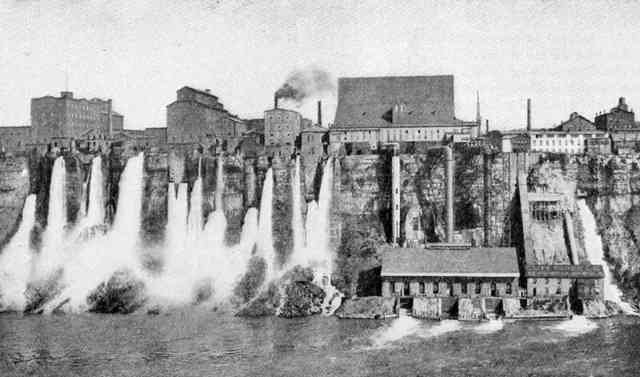
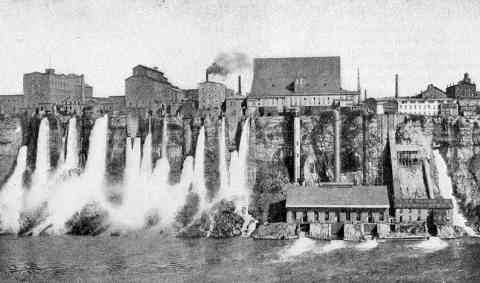
One of the rumors claimed that the man might have committed suicide by jumping to his death. No one could shed any light on the possible identity of the Jane Doe, however. Not only was her identity a mystery but so to was the series of events that might have led to her ending up where she did.
A Dark Past
No one can blame the engineers and other crew for being rather perturbed by the horrifying discoveries that they had made. However, that wasn't what was most surprising.
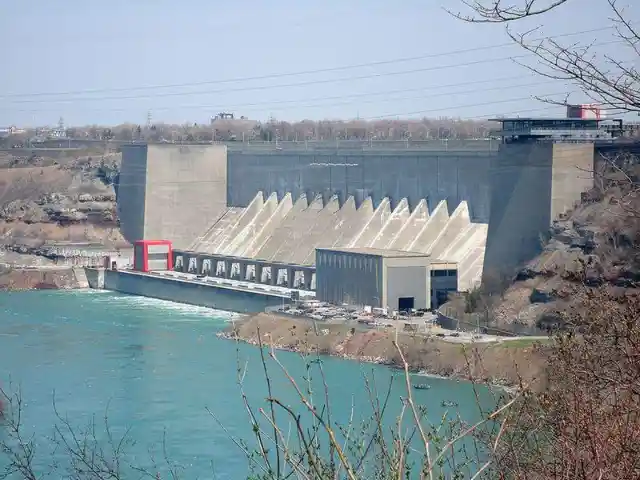
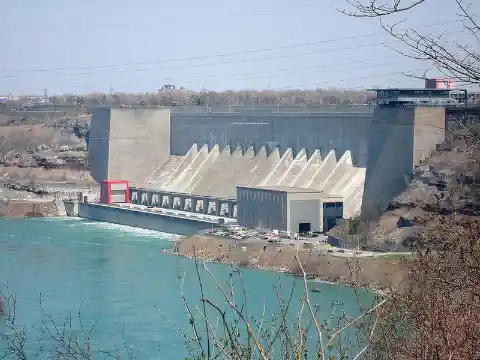
Strange as it may seem, it was even more puzzling that there weren't any other bodies found too. This is certainly strange if you consider the long and dark history surrounding the falls.
The Real Statistics
As shocking as the discovery of the two bodies was, the lack of other bodies was even more puzzling. Approximately 5,000 bodies have been discovered at the base of the falls between 1850 and 2011 alone.
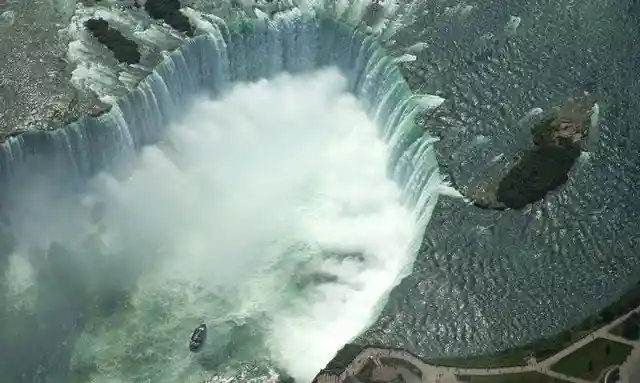
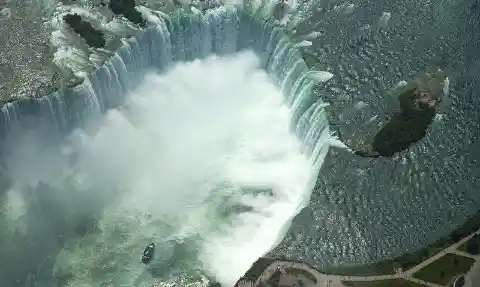
According to statistics, between 20 to 40 suicides are assumed to be committed at these falls annually. These grim facts are the reason why the discovery of only two bodies in 1969 was so baffling.
Do A Barrel Roll
Thrill-seekers have taken the daring plunge from the falls’ peak since the 1820s, having built inventive barrels and casks to topple over the falls in.
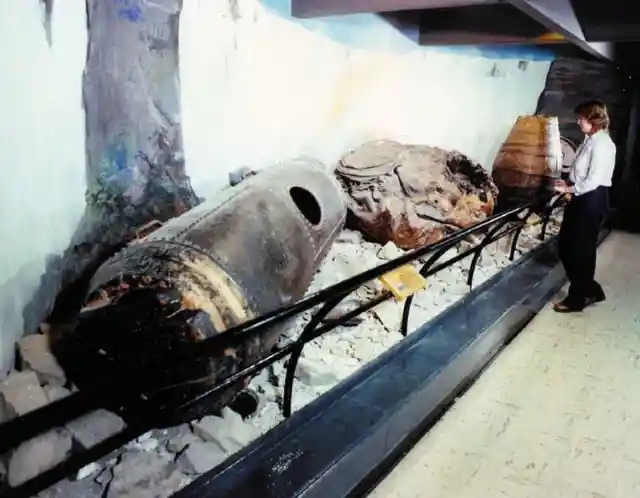
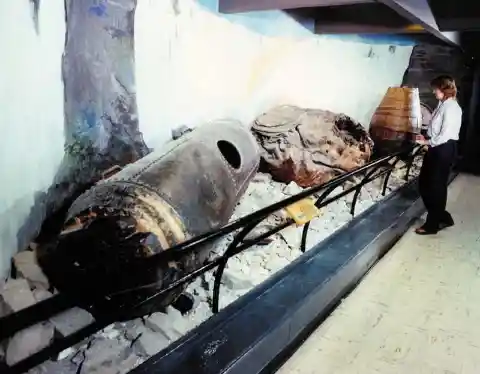
These daredevils keep trying to brave these falls, knowing full well that they are risking their lives. With fingers crossed, only a few have survived the audacious feat.
Daredevil
The most famous survivor is arguably Annie Edson Taylor, who took the plunge over the falls in 1901, cradled inside a wooden barrel.
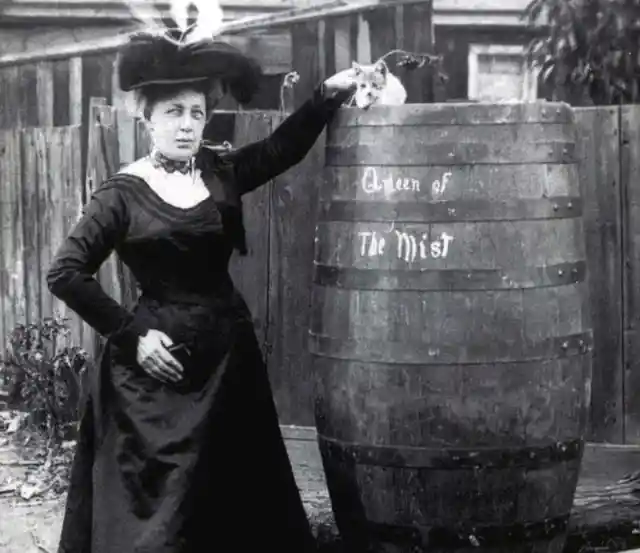
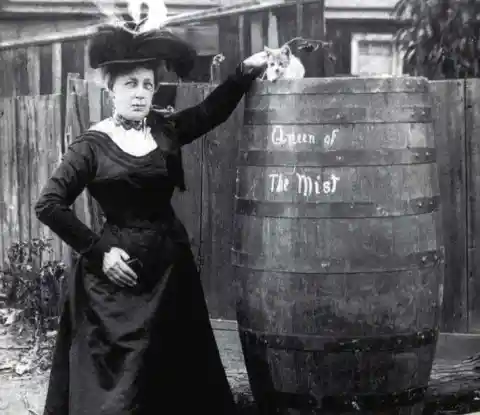
Reportedly, the adventurer said “No one ought ever do that again,” after her triumph. Sadly, many didn’t heed her warning, which explains some of the found remains.
Wishing Well
Being less dreadful, but more disruptive, millions of coins were, too, found among the talus collection in 1969. That’s a whole lot of wishes.


Still, coins and bodies aside, the engineers still needed to get the falls gushing with water again.
Realizations
Believe it or not, after the intense, and wildly expensive, construction at the American Falls, engineers decided to leave the eroded talus as it was.
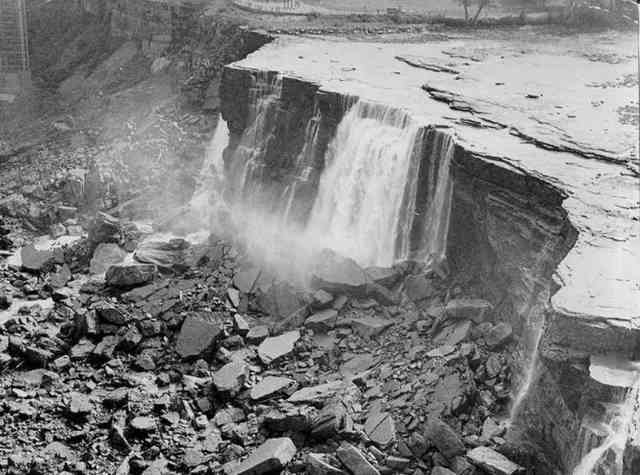
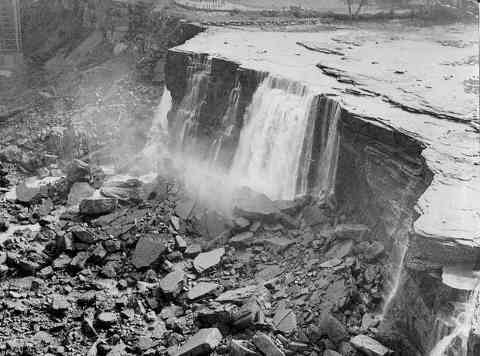
This decision was made after they realized that the rock supported the cliff face behind. Though it sounds absurd, the project didn’t go without purpose.
Restoration
It opened up an opportunity to give the American Falls some much needed TLC. The crews and engineers set to work trying to find a way to restore this precious landmark.


With the help of anchors, bolts and cables, the U.S. Army Corps of Engineers worked on stabilizing the falls so it could glisten and gleam for years to come.
Conclusions
The International Joint Commission concluded, “man should not interfere with the natural process.” Nevertheless, recent years have spawned talks of once again dewatering the falls.
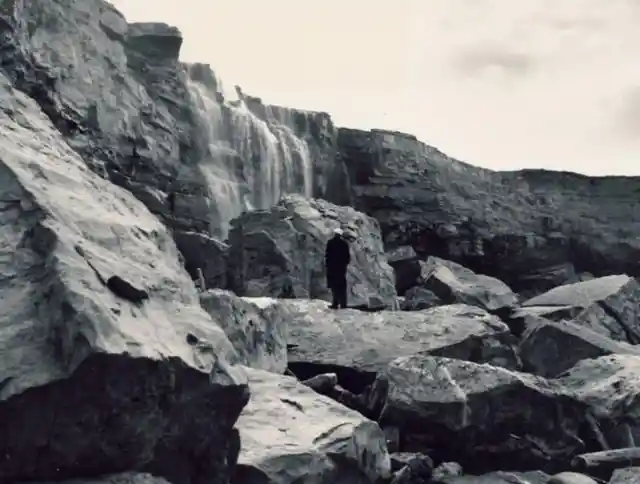
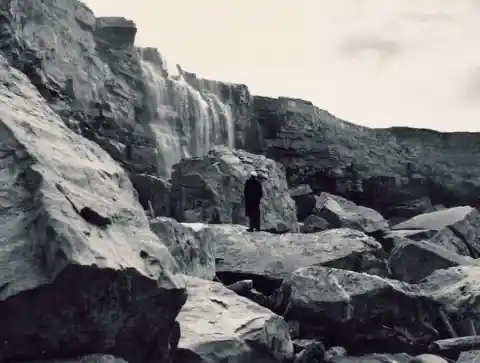
There have been many possible reasons, however, this time in hopes of restoring bridges. Experts know this could reveal important details from history.
Detroit Lake
That’s what happened about 100 miles away from Portland, Oregon, where the Detroit Dam on the North Santiam River creates a reservoir known as Detroit Lake.
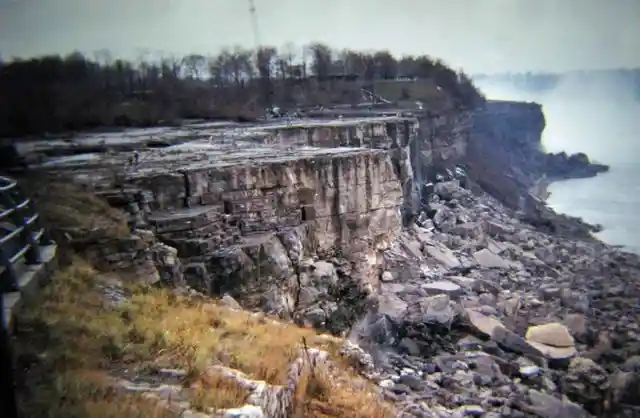
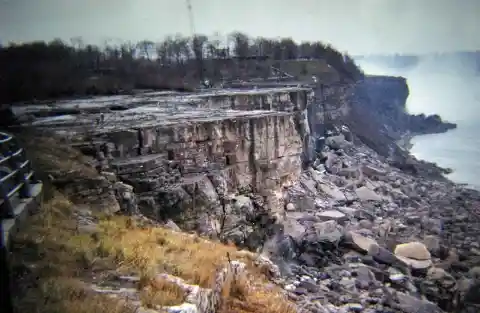
The lake provides water for the city of Salem — and intrigue every autumn.
Run Dry
Towards the end of every year, the lake runs mostly dry, exposing a cracked-and-grassy surface that brings locals out to the Marion County mountains in droves.
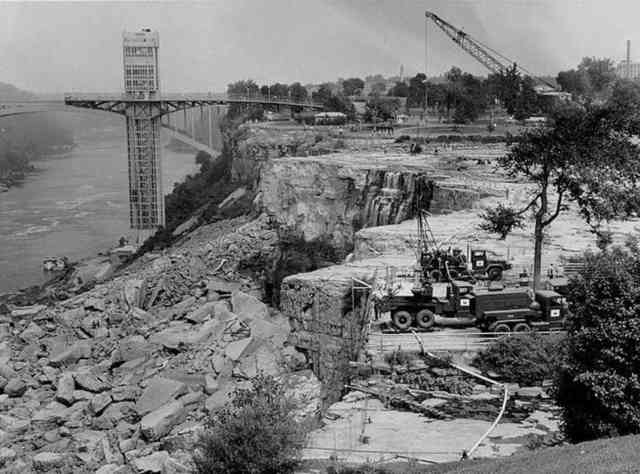
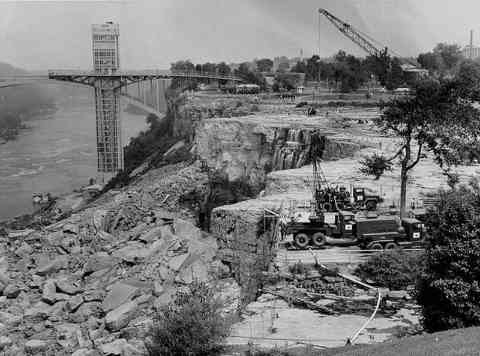
It’s not the lake’s barren surface they want to see, however — well, not exactly.
Taking A Chance
Out of the mud stuck a wagon, complete with massive spoked wheels and a spring seat.
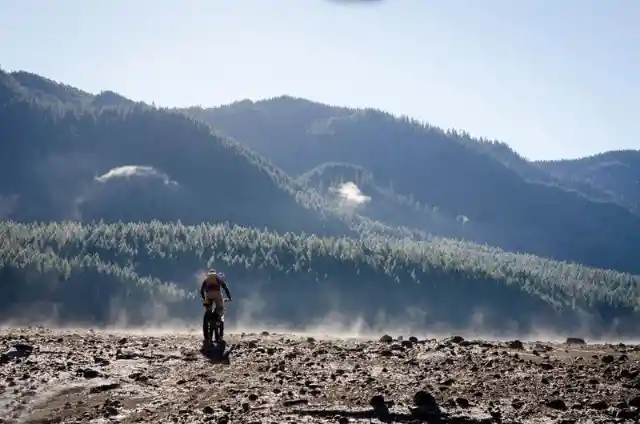

Low oxygen levels in the reservoir preserved the piece of history almost perfectly, including a metal plate with some telling details.
Manufacturer
The metal plate revealed the wagon was built in 1875 by the Milburn Wagon Company of Toledo, Ohio, the biggest wagon manufacturer in the U.S. at the time.
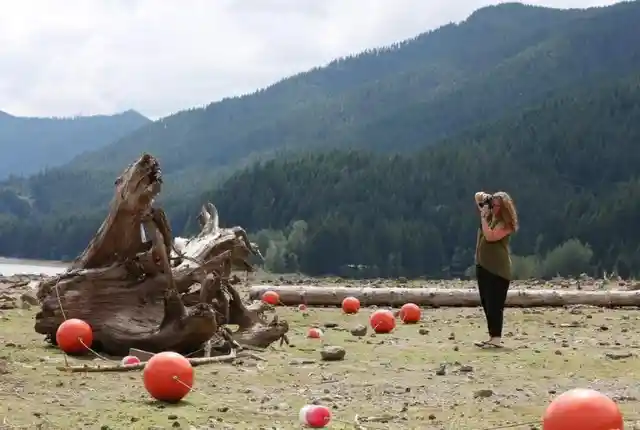

A simple discovery, yes, but one that had an immeasurable impact on the local community.
The Full Story
The wagon discovery reopened the rich and fascinating past of the state and the area surrounding the lake. While the history of Lake Detroit wasn’t exactly a secret, it didn’t hurt.


Oregonians who might not know about the area's past might be prompted to ask what’s the story behind this wagon and all these stumps?
History
The charming history, soon consumed by locals intrigued by the wagon, was researched and examined. Finally, a probably theory was brought to light.
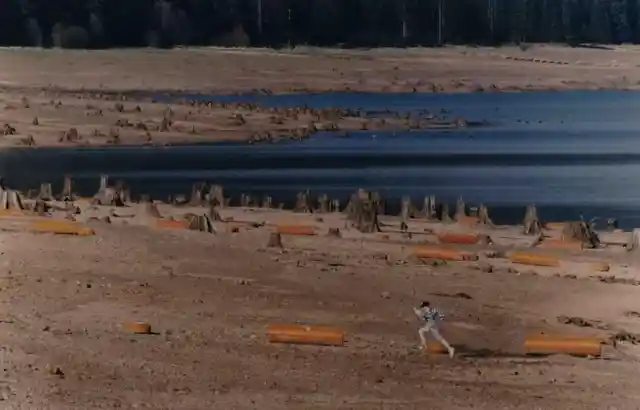
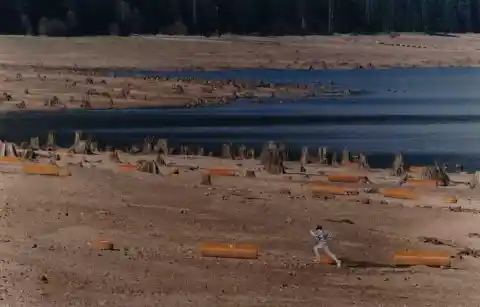
The theory went like this: in the 1880s pioneers — likely steering carts like the one Deputy Dave found — left Michigan for the Pacific Northwest. They made a settlement along a river.
New Detroit
They called their settlement “New Detroit,” named, of course, for their home state’s largest city. During the 1880s the population of Detroit was around 116,000 people.


In the 1880s, that many people made Detroit a very large and important city indeed. While New Detroit never matched the size of its namesake, the settlement did grow to about 200 people.
Small But Thriving
The small community that nestled in a pocket of trees was first built to house the numerous builders for the Oregon Pacific Railroad.
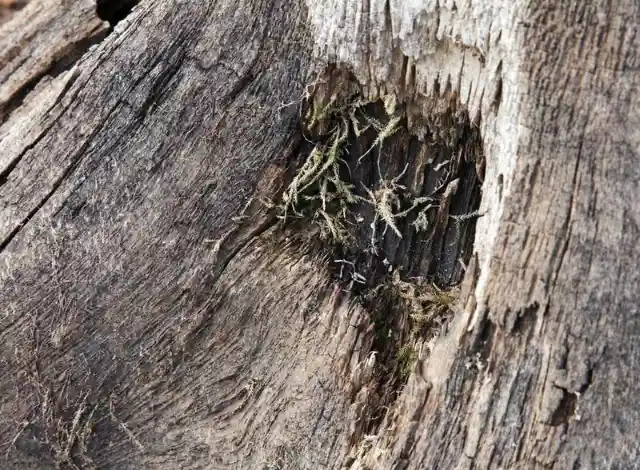
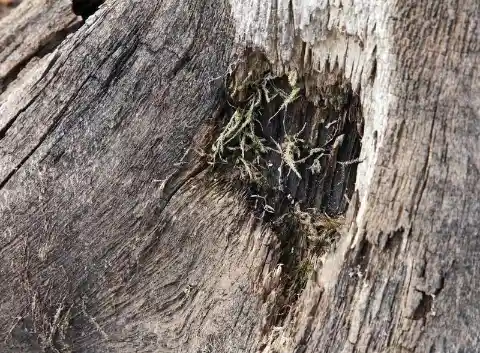
Eventually, it thrived on its own merit as citizens built cafes, churches, hardware stores, and logging companies.
Dammed
For about 70 years, the small settlement grew, but then Congress devised a plan to help out farmers and downstream towns because of the damaged caused by the regular flooding in the area.


Getting obliterated by a constantly-flooding North Santiam River was causing a great loss of money and crops. The plan that was proposed: the construction of a dam.
Flood Control
The plan was executed and the dam was constructed. While the dam was primarily built as a form of flood control, there were, however, several functions that the dam would perform.


The 463-foot-high dam was for electricity, irrigation, and its creation, New Detroit residents knew, meant the demise of their humble settlement. In 1952, after World War II, the Army Corps of Engineers arrived.
Stumped
The Corps cleared over 3,000 acres of trees from what would be the dam’s reservoir, not knowing, of course, they were creating what would be a local attraction 70-some-odd years later.
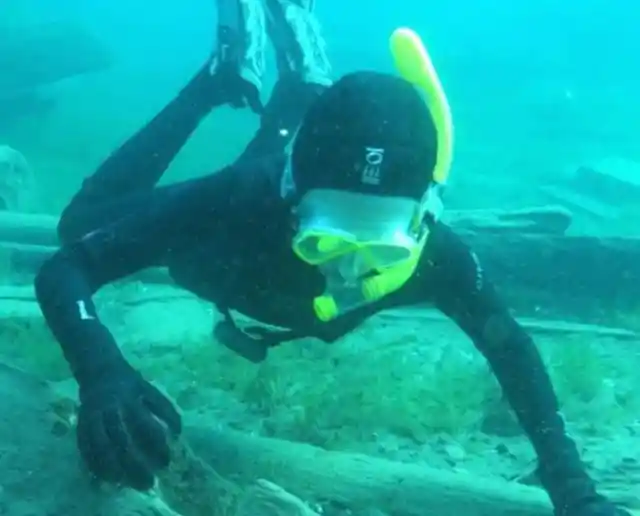

The tree stumps were left behind as the area was flooded, hiding them from view for the next 70 years. Once they were revealed they quickly became known as the tree stump garden.
Feeble Protests
Residents protested the destruction of their settlement, but to no avail.
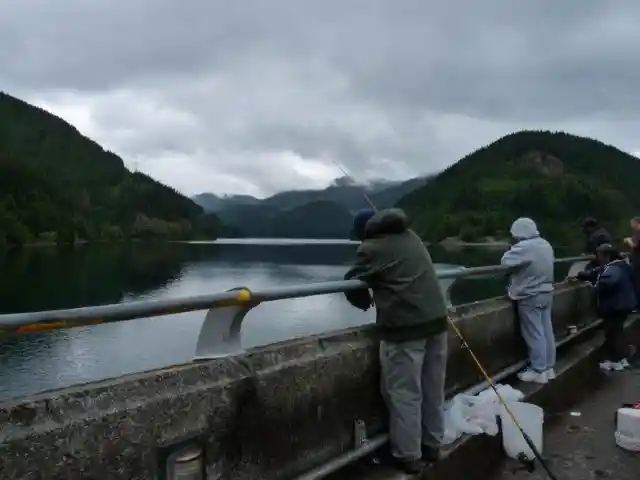
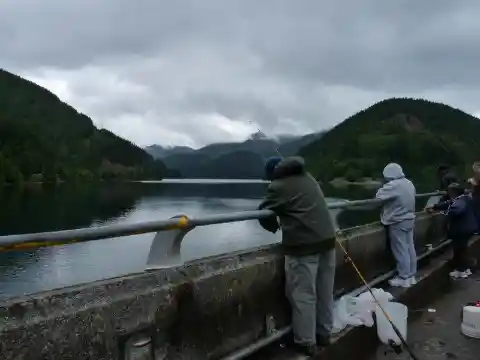
Still, grim as it looked, this was not the end of New Detroit, which by then was alive with automobiles instead of horse-drawn carts!
Moving Day
Residents who’d grown fond of their little corner of the world simply packed up and moved to the top of a plateau about one mile away.
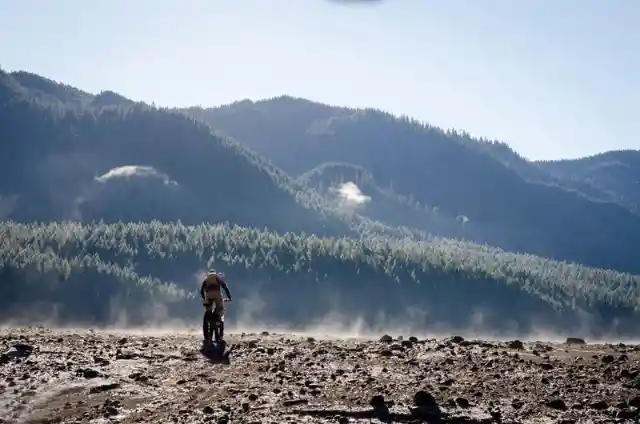

It must’ve been haunting to watch the water turn their old settlement — including the wagon — into a ghost town!
In The Light
Thanks to Deputy Dave’s lake bed exploration, the history of New Detroit was brought into the light once more.
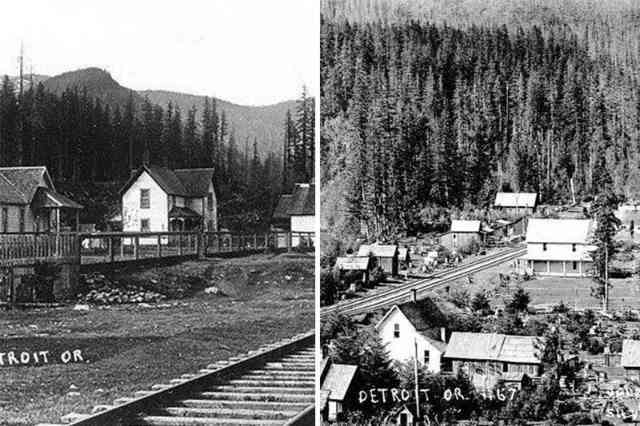
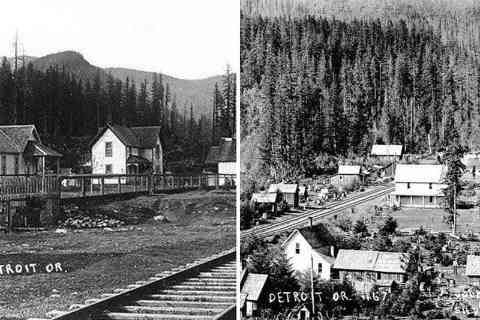
That neat wagon, which experts supposed had never before been exposed until that 2015 drought, triggered an entire area’s interest in its colorful past!
Ancient Secrets
New Detroit proves that maybe we don’t know as much about our history as we think.
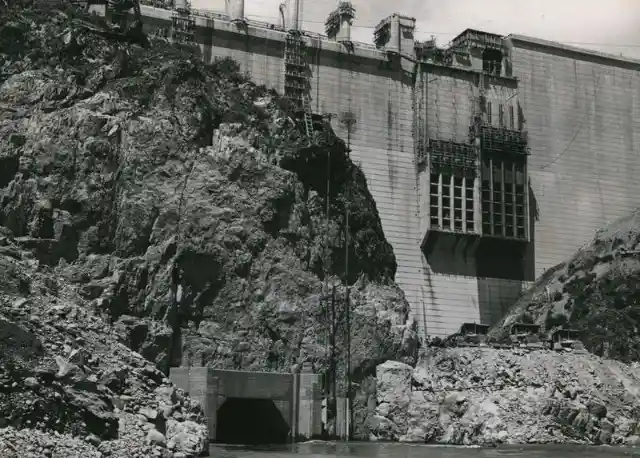
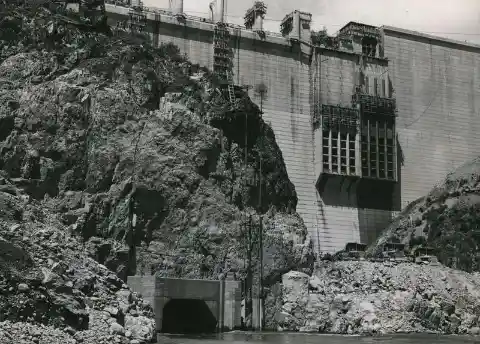
Similar to Deputy Dave, a team of archeologists recently learned this lesson when they uncovered an ancient clue that led to yet another completely forgotten past…
First Claims
The First Nation indigenous to British Columbia’s Great Bear Rainforest, the Heiltsuk people have laid claim to the remote Triquet Island for nearly 5,000 years.
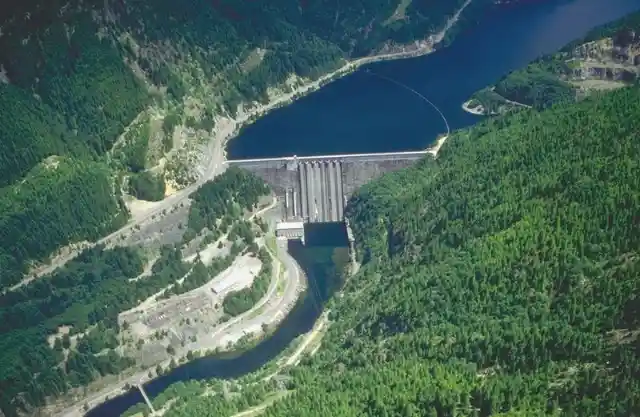
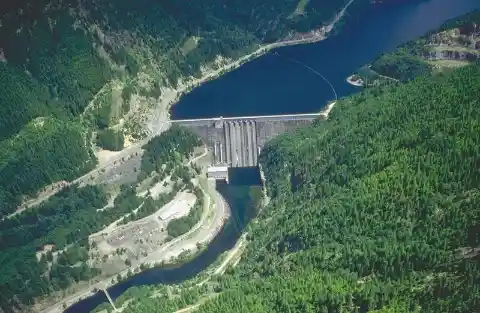
But archaeologists have dismissed their claim of ownership for one glaring reason.
Icecaps
The continental glacier that formed over Canada during the last Ice Age would’ve also covered Triquet Island, making it uninhabitable.


But even with the facts stacked against the Heiltsuk, a small group of researchers took it upon themselves to uncover the truth once and for all.
Excavations
The archaeologists began an extensive excavation of the remote island in the hope of discovering traces of a past civilization.
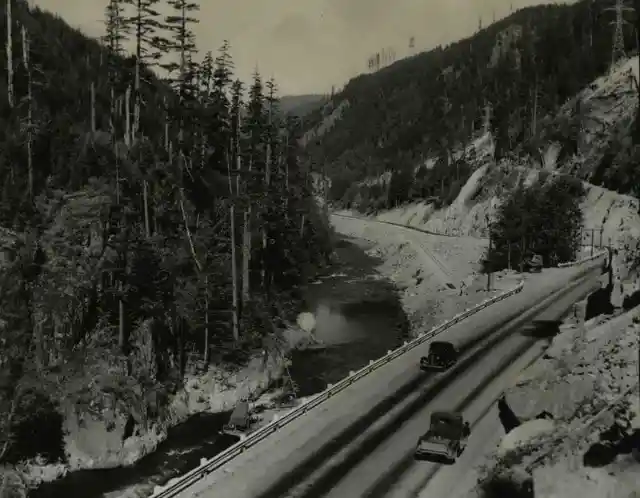
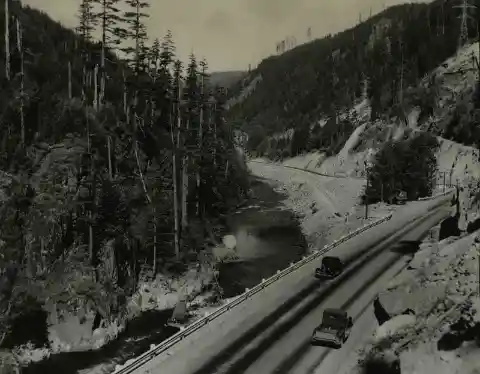
What they found there not only shocked the entire archaeological community, but it also changed history forever.
Can You Dig It?
Beneath several layers of earth, they found remnants of an ancient, wood-burning hearth. But how could this be?
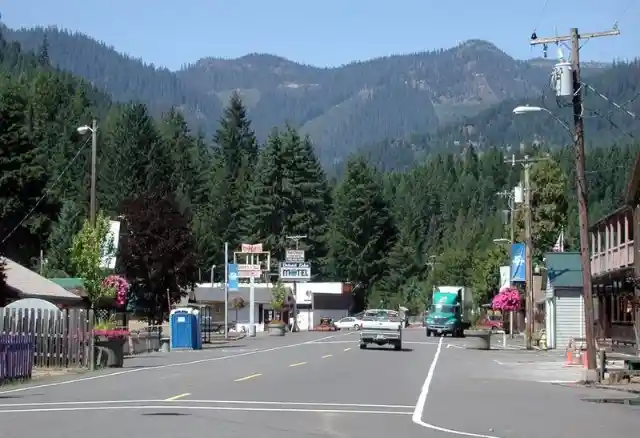

According to researchers, it would’ve been impossible for humans to dig their way through the glacial ice to get to the soil below.
More Artifacts
As they continued digging, researchers unearthed additional artifacts, including tools and weapons.
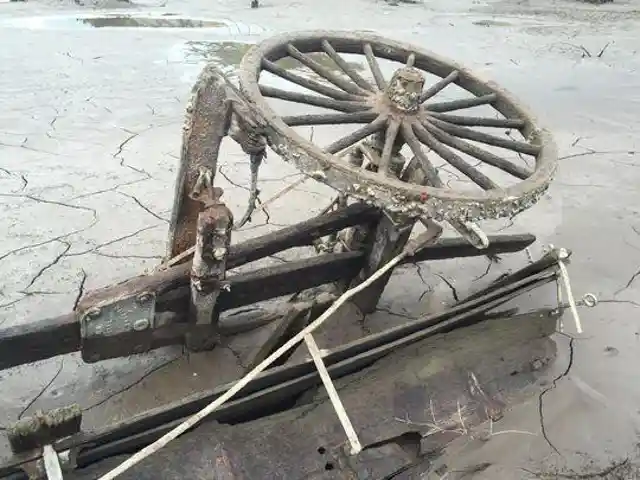
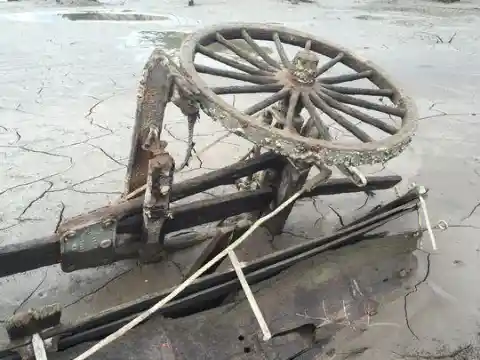
This discovery stumped the team as the Heiltsuk people traditionally didn’t use tools of this kind.
Food Source
The Heiltsuk people had derived their food source from fishing and smoking salmon, utilizing small, precise tools to harvest the fish.


The tools and weapons found were much larger and likely would’ve been used to hunt large sea mammals, such as seals, sea lions, and walruses.
More Discoveries
What’s more, the team also uncovered shards of obsidian, a glass-like rock only found in areas of heavy volcanic activity.


This discovery also puzzled the archaeologists, as there were no known volcanoes near that part of British Columbia. So, how did this rock — and these people — get there?
Deductions
The historians deduced that whoever left these artifacts must have traversed the land bridge that existed between Siberia and Alaska during prehistoric times.
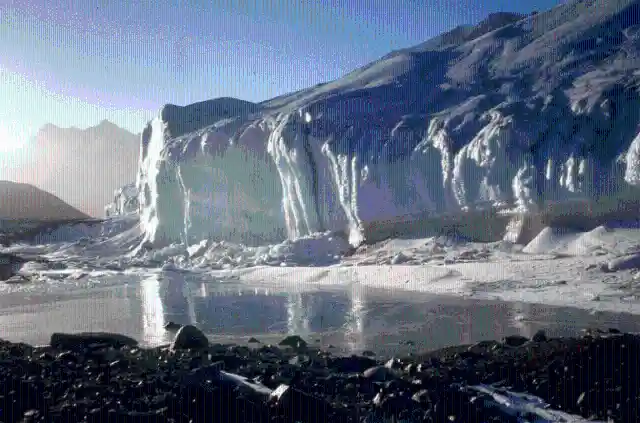
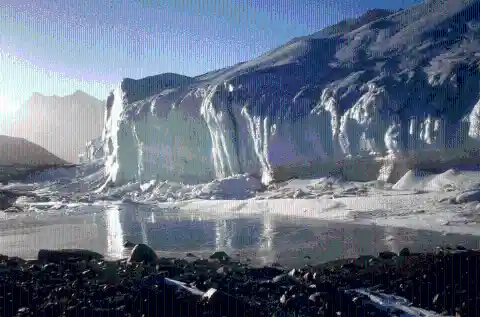
However, researchers still needed cold-hard facts…
Time To Date
Luckily, a closer inspection of the hearth revealed ancient charcoal remains, which the archaeologists quickly brought to the lab for carbon dating.
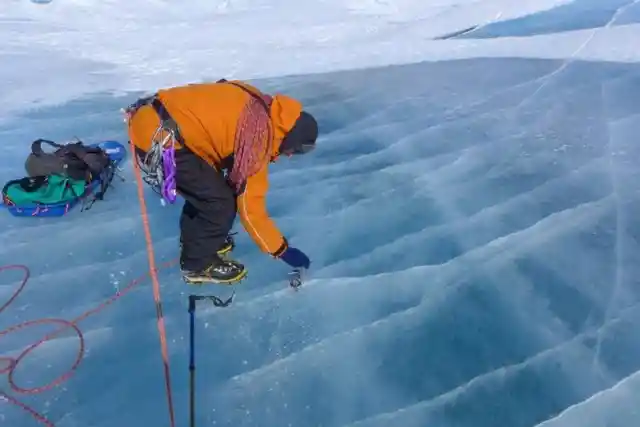

When they received the results, the researchers couldn’t believe their eyes: everything they knew was a lie.
Carbon Dating
According to the carbon dating report, these bits of charcoal were an astonishing 14,000 years old.
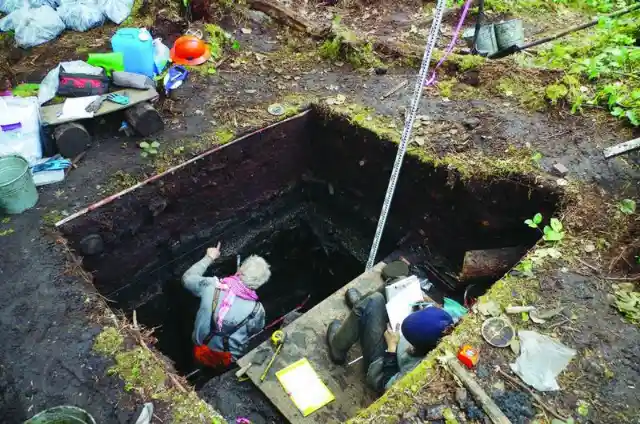
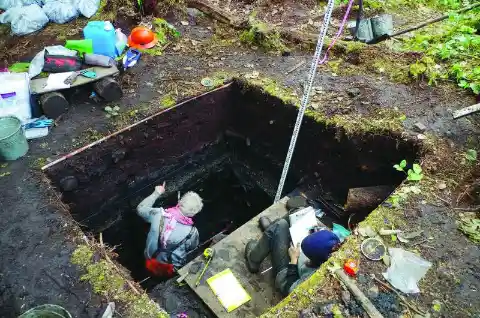
This fact made them the oldest carbon remains ever to be discovered in North America.
Even Older
Even by global standards, this was an extraordinary find. After all, these simple pieces of charcoal were older than the Great Pyramid of Giza.
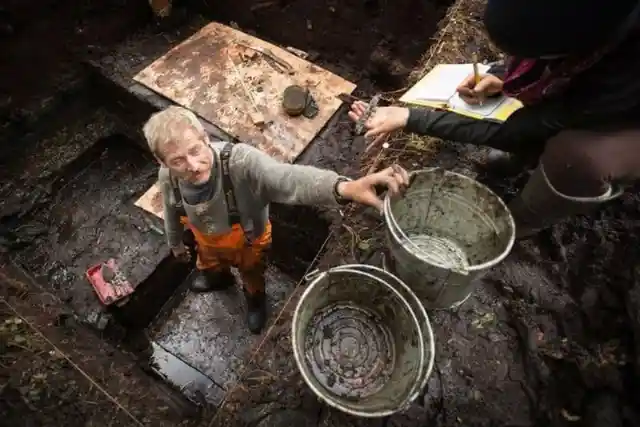
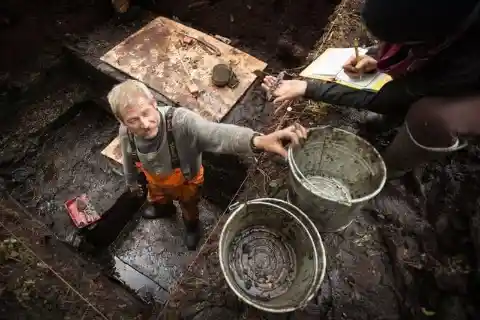
As if that wasn't enought, they even predated the invention of the wheel! But that’s not the most remarkable fact about this discovery.
Out Of Time Artifacts
Since Triquet Island was surrounded on all sides by water, the early Heiltsuk would’ve used boats to traverse the open waters.
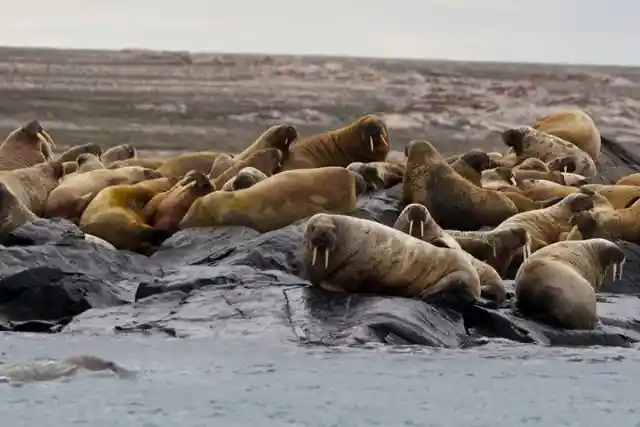

Boats, however, were not believed to have been invented until centuries later.
Earlier Then Expected
This meant that the Heiltsuk settled the area 2,000 years before initially believed.
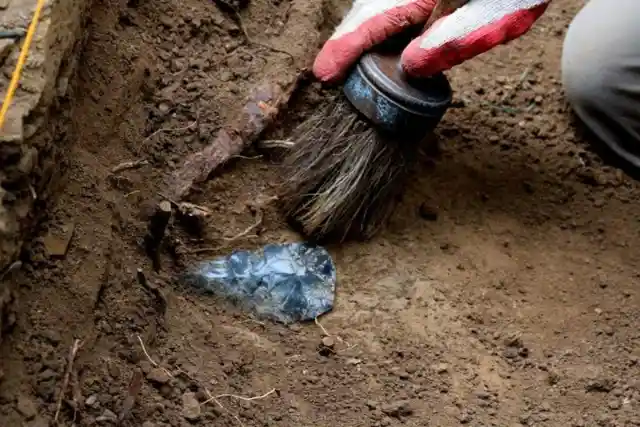
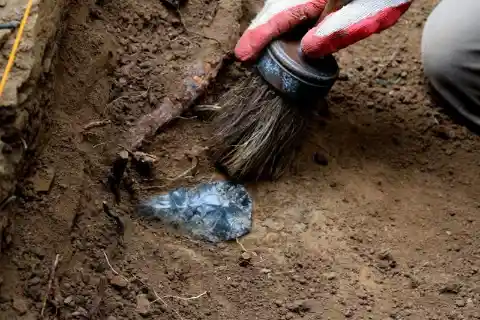
If this was the case, then these early men likely crossed paths with some of history’s most formidable beasts.
Land Bridge
As the Heiltsuk people made their way south from the land bridge, they likely had to fend off giant creatures like mastodons, woolly mammoths, and giant sloths.


But somehow, these humans survived, and it’s likely for one crucial reason.
On The Level
Thanks to the Pacific Ocean itself, the sea level at Triquet Island remained constant for over 15,000 years.


So as the sea gradually eroded the surrounding islands, the great beasts of the Pacific Northwest were kept at bay, leaving the Heiltsuk to a peaceful, secluded existence.
Oral Tradition
The most astounding realization that’s come to light is the fact that the Heiltsuk people were able to preserve their history orally for nearly 14,000 years.


However, they are still being deprived of their history’s legitimacy.
Disrespectful
When the media caught wind of the story, they seemed to focus more on what the discovery meant for the scientific community rather than acknowledge the rich history of the Heiltsuk.


To many, the media’s portrayal of the nation was seen as highly disrespectful.
Shifting Focus
As a result, University of Victoria student Alisha Gauvreau — who was present during the excavation made a very important decision.


Alisha has dedicated herself to shifting the focus of the dialogue toward the Heiltsuk people.
They’ve Got The Spirit
The Heiltsuk claim to Triquet Island stands as one of the oldest land-ownership claims in the world.


Not only does this discovery speak volumes about the strength of the Heiltsuk people, but it also represents the indomitable spirit of mankind.